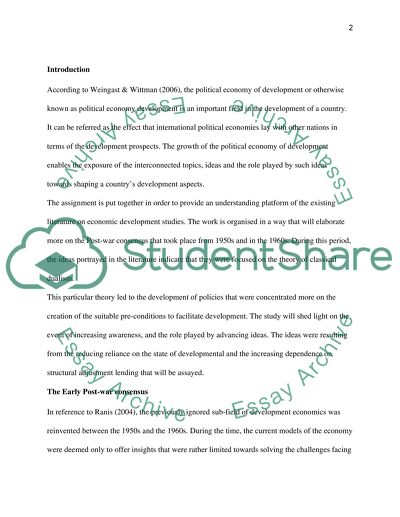Cite this document
(“International Relation- PED Essay Example | Topics and Well Written Essays - 1500 words”, n.d.)
Retrieved from https://studentshare.org/social-science/1694247-international-relation-ped
Retrieved from https://studentshare.org/social-science/1694247-international-relation-ped
(International Relation- PED Essay Example | Topics and Well Written Essays - 1500 Words)
https://studentshare.org/social-science/1694247-international-relation-ped.
https://studentshare.org/social-science/1694247-international-relation-ped.
“International Relation- PED Essay Example | Topics and Well Written Essays - 1500 Words”, n.d. https://studentshare.org/social-science/1694247-international-relation-ped.


